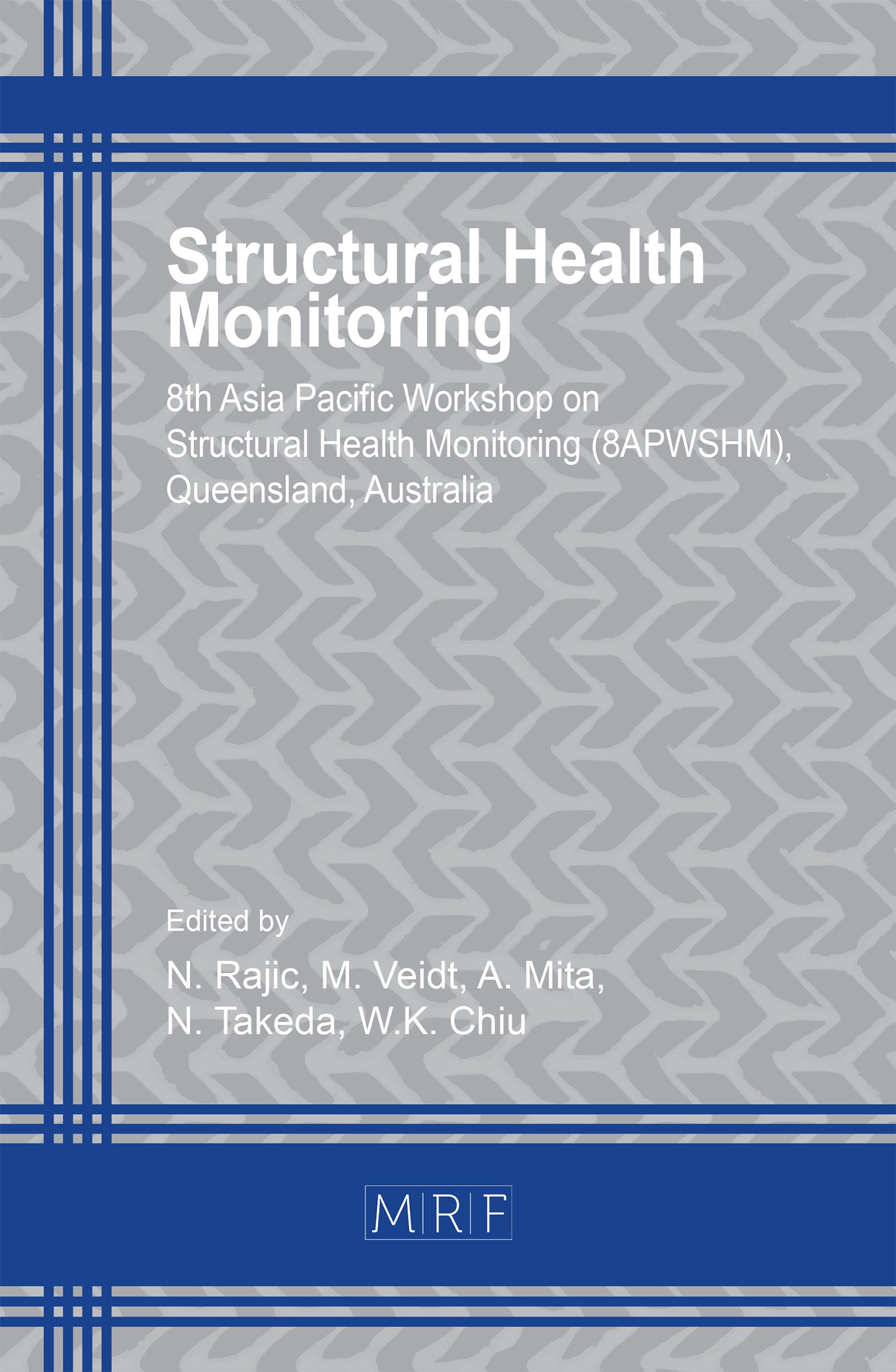Changes in Center of Mass during Preliminary Motion for Prediction of Direction Change
Nene Sugimoto, Ami Ogawa, Akira Mita
download PDFAbstract. In recent years, the number of single elderly people has been increasing, and the needs of residents have been diversifying. Towards these backgrounds, we propose the concept of “Biofiled bulding”. The aim of Biofied Building is to create living spaces where residents can live safely, securely and comfortably. Small robots are used as an interface between residents and living space in Biofied Building. The aim of using robots is to sense the position and movement of residents in real time and providing feedback to them. However,he present control systems of the robot do not have enough functions to estimate the risk of accidents such as falls and choose the pathways which do not disturb residents. Therefore, the purpose of this research is to recognize and predict human behavior in a living space by using a robot to realize Biofied Building. In particular, we focus on the direction change motion, which is an important behavior in a living space, and extract the prediction parameters. In particular, it is reported that the direction change motion account for about 20% of gait during the daily life. Therefore, our research group decided to focus on direction change motion. In this study, we focused on the center of the head to extract parameters for prediction of the direction change motion. There are features in the velocity change of the center of the head compared with straight-line gait. There was a velocity amplification of the opposite direction of the direction change before the start of the motion. It is assumed that the shift of the center of mass make it to easier to step out to the direction of the turn.
Keywords
Motion Prediction, Direction Change Motion, Motion Capture System
Published online 2/20/2021, 7 pages
Copyright © 2021 by the author(s)
Published under license by Materials Research Forum LLC., Millersville PA, USA
Citation: Nene Sugimoto, Ami Ogawa, Akira Mita, Changes in Center of Mass during Preliminary Motion for Prediction of Direction Change, Materials Research Proceedings, Vol. 18, pp 287-293, 2021
DOI: https://doi.org/10.21741/9781644901311-35
The article was published as article 35 of the book Structural Health Monitoring
![]() Content from this work may be used under the terms of the Creative Commons Attribution 3.0 licence. Any further distribution of this work must maintain attribution to the author(s) and the title of the work, journal citation and DOI.
Content from this work may be used under the terms of the Creative Commons Attribution 3.0 licence. Any further distribution of this work must maintain attribution to the author(s) and the title of the work, journal citation and DOI.
References
[1] Glaister, B.C., Bernatz, G.C., Klute, G.K., Orendurff, M.S.: Video task analysis of turning during activities of daily living, Gait & posture, Vol. 25, No. 2, pp.289-294, 2017. https://doi.org/10.1016/j.gaitpost.2006.04.003
[2] Sedgman, R., Goldie, P.: Development of a measure of turning during walking, In Advancing rehabilitation: Proceedings inaugural conference of Faculty of Health Sciences, La Trobe University, Melbourne, Australia, 1994
[3] VICON https://www.vicon.com/ (2020/08/26 access)
[4] Takeda, Ogawa, Mita, Prediction of direction change motion using kinematic parameters for implementation of home robot, University of Keio, thesis
[5] Ashburn A., Kampshoff C., Burnett M., Stack E., Pickering R.M., Verheyden G.Sequence and onset of whole-body coordination when turning in response to a visual trigger: Comparing people with Parkinson’s disease and healthy adults, (2014) Gait and Posture, 39 (1) , pp. 278-283. https://doi.org/10.1016/j.gaitpost.2013.07.128
[6] He C, Xu R, Zhao M, et al. Dynamic stability and spatiotemporal parameters during turning in healthy young adults.Biomed EngOnline. 2018;17(1):127. Published 2018 Sep 21. https://doi.org/10.1186/s12938-018-0558-5
[7] HaseK, Stein RB. Turning strategies during human walking. J Neurophysiol. 1999;81(6):2914-2922. https://doi.org/10.1152/jn.1999.81.6.2914
[8] A.Ashburn, Sequence and onset of whole-body coordination when turning inresponseto a visual trigger: Comparing people with Parkinson’sdiseaseand healthy adults, Gait & Posture 39 (2014) 278-283. https://doi.org/10.1016/j.gaitpost.2013.07.128
[9] Orendurff, Michael S., et al. “The kinematics and kinetics of turning: limb asymmetries associated with walking a circular path.” Gait & posture 23.1 (2006): 106-111. https://doi.org/10.1016/j.gaitpost.2004.12.008































